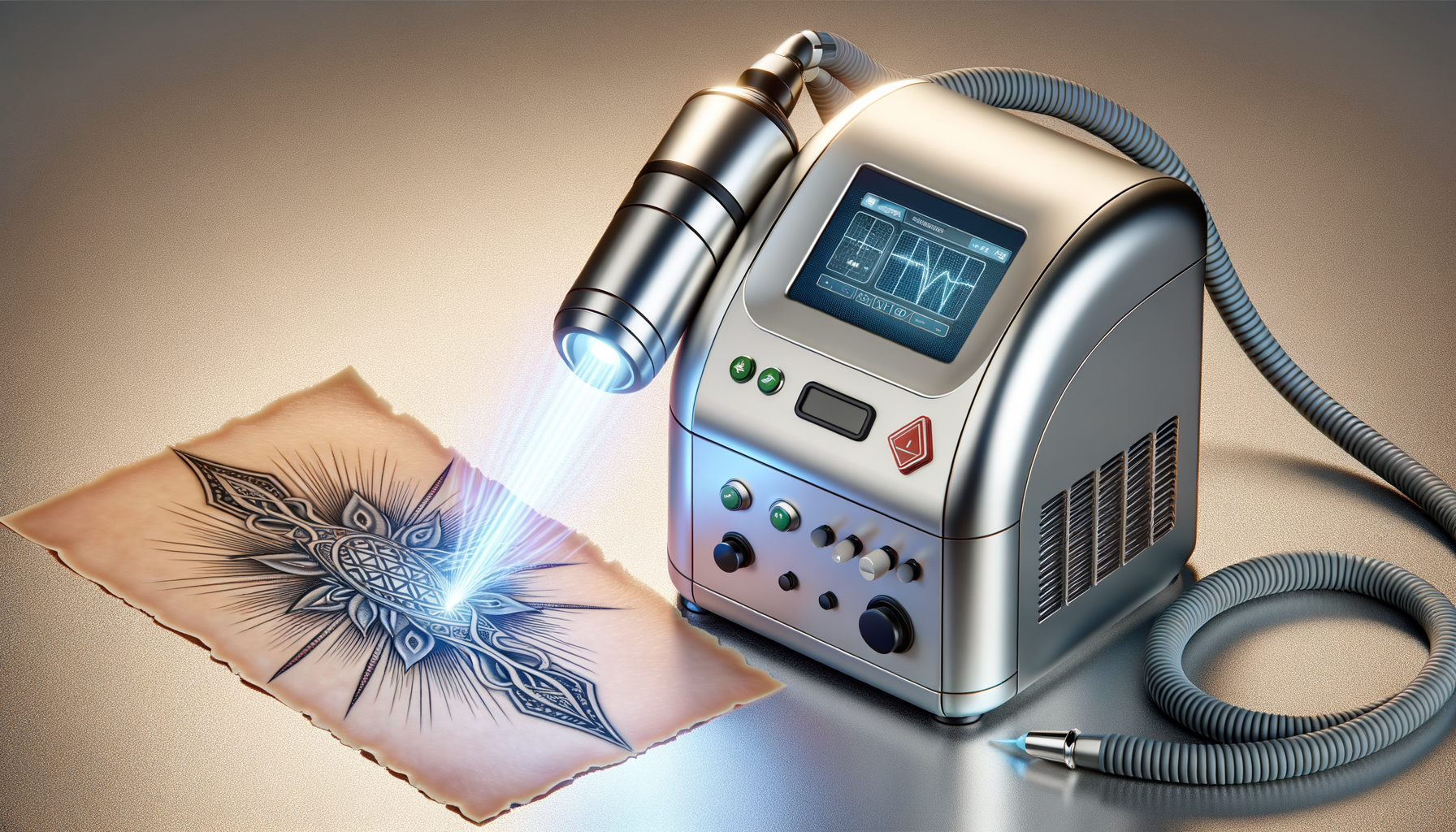The Evolution of Tattoo Removal: A Brief Overview
Tattoo removal has come a long way from its rudimentary beginnings. In earlier times, methods such as dermabrasion and salabrasion were used, both of which involved physically scraping off the top layers of skin. These methods were not only painful but also left significant scarring. Fast forward to the modern era, and laser technology has revolutionized the process, making it more effective and less invasive.
The advent of laser technology in the late 20th century marked a turning point. The use of Q-switched lasers, which deliver intense pulses of light energy, became the gold standard. These lasers target the ink particles in the skin, breaking them down so the body can naturally eliminate them. While this method is significantly more effective than its predecessors, it requires multiple sessions and can be costly.
Today, advancements continue to emerge. Picosecond lasers, for example, are a newer development that offers faster and more efficient removal by delivering energy in shorter bursts. This reduces the number of sessions needed and is more effective on stubborn colors. The evolution of tattoo removal technologies underscores the growing demand for safer, more efficient methods.
How Laser Tattoo Removal Works
Laser tattoo removal is a sophisticated process that involves the use of high-intensity light beams to break down tattoo ink particles. The type of laser used depends on the colors of the tattoo, as different wavelengths are more effective for specific pigments. For instance, black ink, the most common color, absorbs all laser wavelengths, making it the easiest to remove. Conversely, green and blue inks require specific wavelengths for successful removal.
During a laser session, the laser emits short pulses of intense light that pass through the top layers of the skin and are absorbed by the tattoo ink. This causes the ink particles to shatter into smaller fragments, which the body’s immune system can then gradually eliminate. The process is repeated over several sessions to target deeper layers of ink and achieve complete removal.
While laser tattoo removal is generally safe, it is not without side effects. Patients may experience redness, swelling, or blistering immediately after treatment. However, these effects typically subside within a few days. It’s crucial to follow aftercare instructions to minimize the risk of infection and ensure optimal healing.
Factors Affecting Tattoo Removal Success
Several factors influence the success of tattoo removal, including the size, color, and age of the tattoo. Older tattoos are generally easier to remove than newer ones because the ink has already started to break down naturally over time. Similarly, smaller tattoos require fewer sessions than larger ones.
The type of ink used can also affect removal success. Professional tattoos use higher quality inks that are more challenging to remove, while amateur tattoos often use lower-grade inks that break down more easily. Additionally, the depth at which the ink was applied plays a role; ink applied deeper into the skin is more challenging to reach with laser treatment.
Skin type is another critical factor. Individuals with lighter skin tones often experience better results because there is a greater contrast between the ink and skin, allowing the laser to target the ink more effectively. However, advancements in laser technology have improved outcomes for those with darker skin tones as well.
Alternatives to Laser Tattoo Removal
While laser removal is the most common method, there are alternatives for those seeking different options. One such method is surgical excision, which involves cutting out the tattooed skin and stitching the remaining skin back together. This method is effective for small tattoos but can leave a scar.
Another alternative is dermabrasion, a process that involves sanding down the skin to remove the top layers where the ink resides. While this method can be effective, it is less precise than laser removal and can result in scarring and changes in skin texture.
For those seeking a non-invasive approach, tattoo removal creams are available. These creams claim to fade tattoos over time by breaking down the ink. However, their effectiveness is widely debated, and they often require prolonged use with minimal results.
Preparing for Tattoo Removal: What to Expect
Before undergoing tattoo removal, it’s essential to consult with a qualified professional to discuss your options and expectations. During the consultation, the practitioner will assess your tattoo and skin type to determine the most suitable removal method.
It’s important to have realistic expectations about the process. Complete removal may not always be possible, especially for tattoos with certain colors or those applied deeply into the skin. Multiple sessions are typically required, spaced several weeks apart to allow the skin to heal between treatments.
Patients should also be prepared for the cost, as tattoo removal can be expensive. It’s advisable to inquire about the total cost upfront and explore any available financing options. Additionally, following pre-treatment instructions, such as avoiding sun exposure and certain medications, can help optimize the results.

Leave a Reply